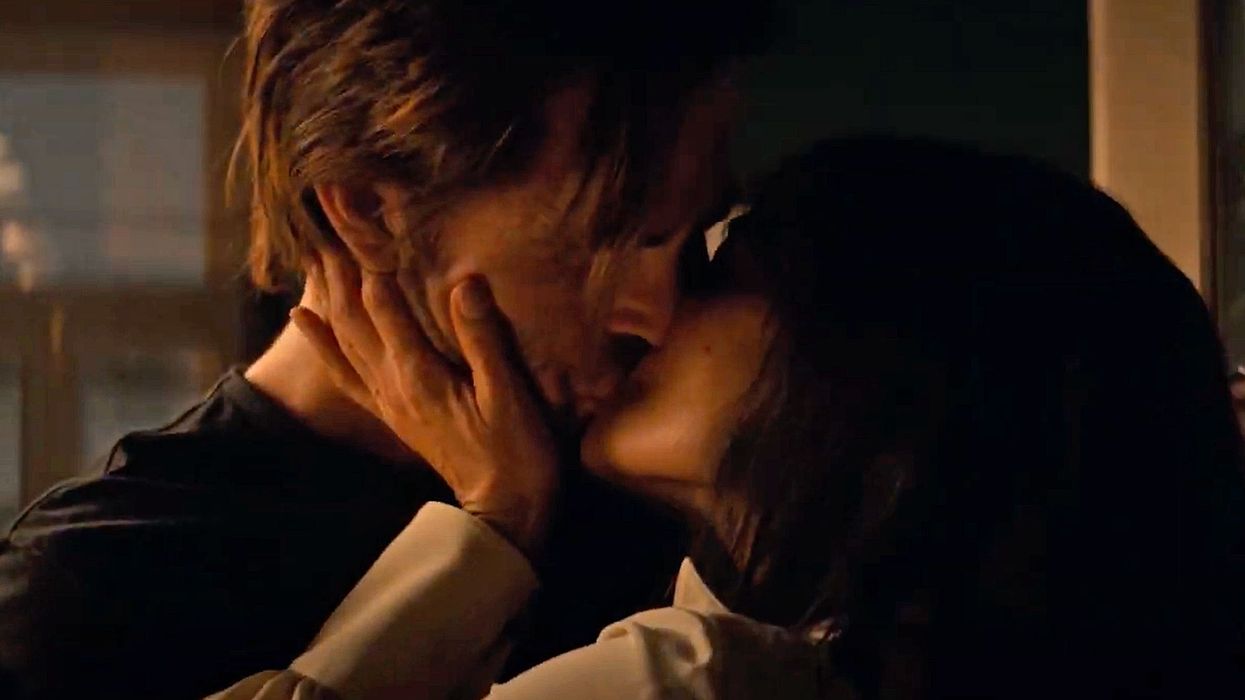What Was Chris Pine and Thandiwe Newton's Experience with an Intimacy Coordinator?
Intimacy coordinators are thankfully becoming staples on set.

If you're going to shoot a sex scene, you need to have an intimacy coordinator on set to keep things comfortable and safe. Even if you're working with veteran actors.
In director Janus Metz’s All the Old Knives, Chris Pine gets to play a CIA agent who reconnects with a former colleague and lover played by Thandiwe Newton. Naturally, things get steamy from there.
For Pine, this was the first time he ever worked with an intimacy coordinator on set.
He told Variety about the experience, saying, "I had never done that before. You’re doing a sex scene in a bedroom and you have this older woman that’s watching and giving your notes on how to do the sex scene and I’m thinking, 'Who is this person telling me how to have sex?' But it was wonderful. She was lovely. It just takes the pressure off. There’s just no discomfort, because you have someone like a referee making sure it’s all above board and everyone is comfortable. She’s also like a choreographer making sure it all translates well on screen like, 'Move your neck' or 'Arch your back more.'"
Newton echoed Pine's sentiment. She was asked on the red carpet about shooting the movie.
Newton said, "We had a really intense scene right in the middle of the movie. It was really important and required nudity and so on. And I just caught a glimpse of Chris at one point, like we are getting into costumes and hair and makeup, and I'm like, 'Oh, no, no. No.'"
Aside from the love scene, Newton went on to explain why having an intimacy coordinator was so important to have around.
"And intimacy was handled so beautifully, it was handled well because we had an intimacy coordinator. So everyone knew what was happening and what was going where."
Newton explained that in scenes involving nudity and physical intimacy, you should always have an intimacy coordinator because "it's all about consent."
"That's why we have the intimacy coordinator. Everyone consents to every detail of what's happening. Everyone's in agreement... and then we go to work."
This sounds like an exciting movie and a safe, professional set. Let us know what you think in the comments.











